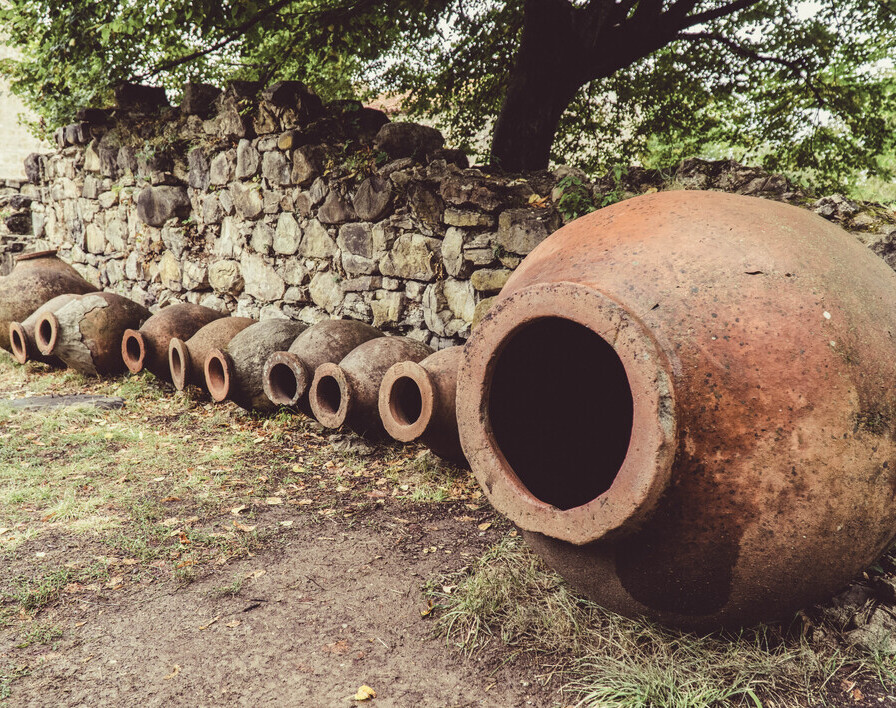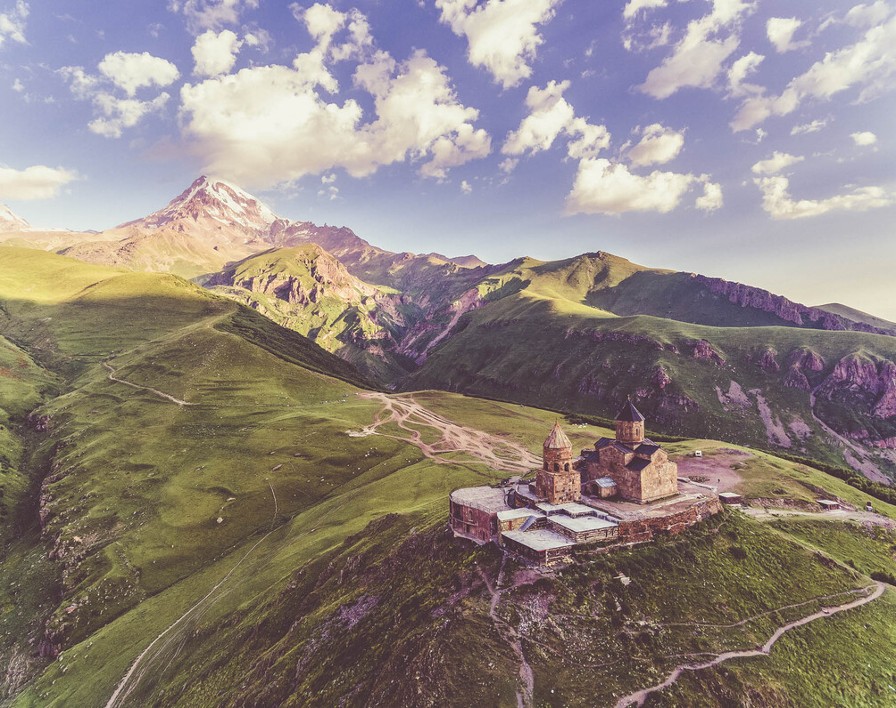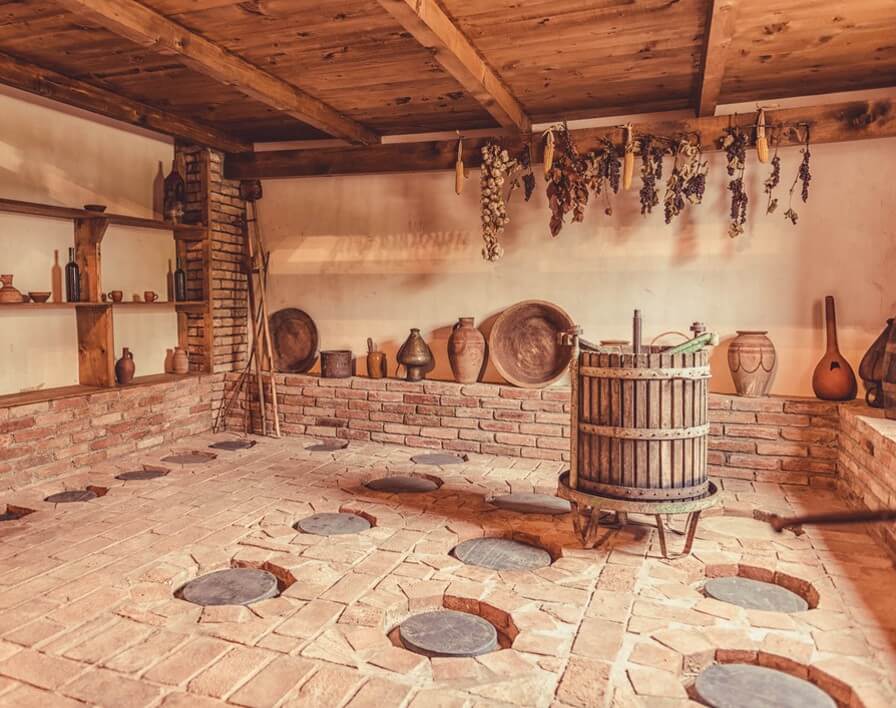- 4
- 1
- 2
- 3
- 3
- 2
- 2
- 2
- 4
- 2
- 4
- 4
- 1
- 1
- 1
- 1
- 1
- 1
- 1
- 1
- 1
- 3
- 3
- 1
- 3
- 3
- 3
Tbilisi
Capital of Georgia
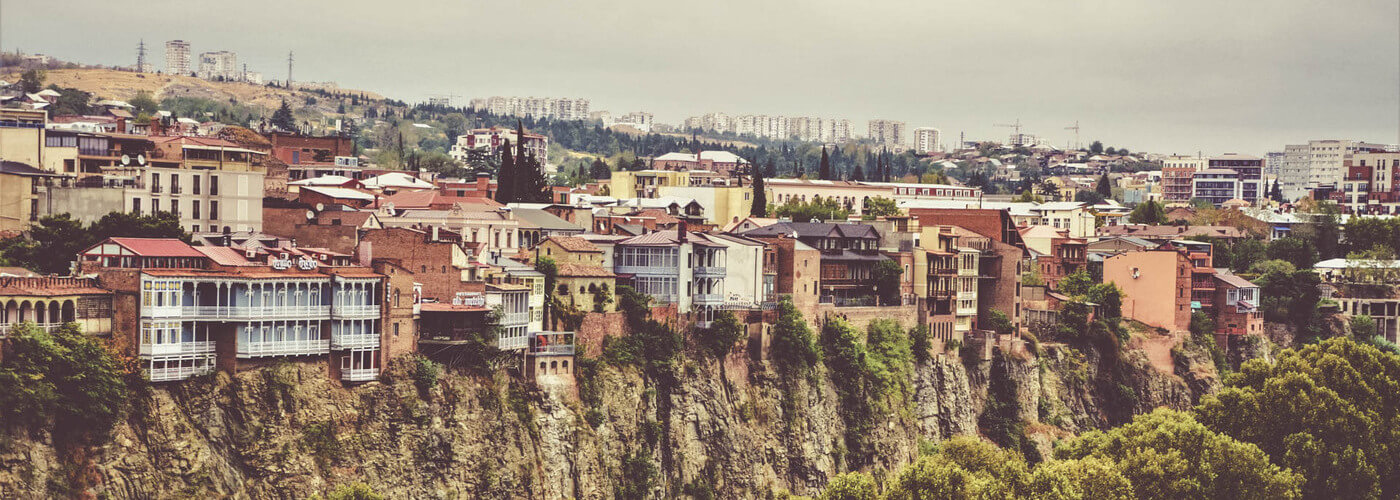
With a population of around 1.3 million, Tbilisi is not only the capital of Georgia but also the largest and most populous city in the country and its economic and cultural center. Tbilisi has more than 30 theatres, 12 major museums, and numerous other cultural institutions.
One of the most important theatres is the State Academic Theatre Shota Rustaveli, founded in 1921. The main museums are the National Simon Janashia Museum on Rustaweli Street and the State Museum of Arts on Freedom Square.
The Festivals Tbilisoba and Art Gene
Throughout the year, Tbilisi hosts numerous cultural festivals that are well worth a visit. Tbilisoba is one of the most important and popular events among the locals. The capital city festival takes place every last weekend in October in the old town and in Rike Park. Surrounded by a festive, exuberant atmosphere, numerous open-air concerts and performances are presented. Everywhere, traders sell handicrafts, delicious traditional food, and Georgian wine.
The Art Gene festival takes place every summer in various places in Georgia – including Tbilisi, of course. The festival is dedicated to Georgian music, dance, culture, and traditional crafts. The musicians inspire the visitors with their concerts, craftsmen present their art and give courses and you can taste Georgian food everywhere. The Art Gene Festival is the ideal event to immerse yourself in Georgian culture.
Other interesting events are the Tbilisi International Festival of Theatre, which takes place for two weeks in September or October, and the Tbilisi International Film Festival, which takes place in November or December.
A history full of conquests
Tbilisi was not always so vibrant and full of life. After Persians had left their first traces in the 4th century with the construction of the Nariqala fortress on Tbilisi’s present territory, the Georgian king Wachtang Gorgassali I conquered the town in the 5th century, turned it into a city and made Tbilisi his capital.
Over the following centuries, Tbilisi was conquered several times: Arabs, Persians, Byzantines, and Seljuk invaded the city successively. After Davit Aghmashenebeli, known as David the Builder, succeeded in liberating Tbilisi and making it one of the richest cities of the Middle Ages, it was devastated again in the 13th century by the Choresmians. Tbilisi then belonged to the kingdom of Timur Leng (also known as Tamerlan). Two invasions by the Turks followed before the city was conquered by the Persians in 1795 and completely destroyed during the Battle of Krtsanisi.
Russian Empire and Soviet Union
The eventful history of the city and the entire country, marked by hostile takeovers, was far from over: in 1801, Georgia was annexed by the Russian Empire. Between 1918 and 1921, the country was able to regain its independence as the Democratic Republic of Georgia, but this was followed by another 70 years under brutal Russian rule, this time the Soviet Union.
After Georgia declared itself independent again on 9 April 1991, difficult years followed for the small Caucasus republic and its capital Tbilisi: poverty, a devastated economy, crime, corruption, and high unemployment depressed the mood in Tbilisi in the 1990s. Since the millennium, however, the city – and the whole country – has been on a continuous upward trend.
Unfortunately, since 2008, imperialist Russia has been occupying again 20% of Georgia’s territory.
Bridge of Peace
One of the modern spots worth visiting in Tbilisi is the Bridge of Peace. Opened in 2010, the Bridge of Peace (Mshvidobis Khidi) stretches 150 meters across the river Mtkvari, connecting the old town of Tbilisi with Rike Park. The curved and sweeping steel and glass design was designed by the Italian architect Michele De Lucchi.
The Bridge of Peace was built in Italy and then transported to Tbilisi with a total of 200 trucks. The bridge is particularly worth seeing at night when the 1,208 LED lamps from French designer Philippe Martinaud installed on the roof of the bridge create a spectacular play of colors.
Kartlis Tskhovreba Monument
Another rather modern monument you find on the outskirts of the city: Kartlis Tskhovreba, which means «Life of Kartli», is a monument created by the Georgian sculptor, painter, and architect Zurab Tsereteli, born in Tbilisi in 1934. The construction of the monument began in 1985. The impressive monument, sometimes also called «The Georgian Royal Annals», is located above the city’s outskirts Gldani and Temka.
The 30-meter-high Kartlis Tskhovreba Monument consists of various pillars. The top part of those columns shows the most important kings, queens, and other heroes from Georgian history, and the bottom part shows different stories from the life of Jesus Christ. Next to the monument, there is a Georgian Orthodox church and a small café which is open at least during the summer months.
Dry Bridge Flea Market
Those who are in Tbilisi should not miss the visit to the Dry Bridge flea market. At the biggest flea market in the capital, the traders sell all kinds of expected, unexpected, and bizarre things. The flea market is located on, below, and next to the centrally located bridge that connects Dedaena Park with Saarbrücken Square on the other side of Mtkvari. The flea market can be reached on foot. It is 10 minutes from the Opera House and 20 minutes from the Old Town.
Jewellery, spare parts, and Stalin
At the Dry Bridge flea market, you can buy almost everything. There are knives next to the books, and silver jewellery next to old household appliances. Porcelain cups and plates stand next to old typewriters and cameras. From the golden, 30 cm tall statue of mass murderer Stalin to the spare part for a mobile phone from the nineties, you can find almost anything that is useful or useless at the flea market.
Craftsmanship from Georgia and beautiful jewellery can be found at the Dry Bridge market as well as all kinds of scrap metal. A highlight for tourists is the traders who spread a potpourri of relics of the Soviet Union on their clothes. Military badges, awards of the Communist Party, and all kinds of pins, flags, and pictures can be admired.
Mtstsminda Park
For recreation, a visit to Mtatsminda Park is recommended: Mtatsminda is a mountain in the southwest of the center of Georgia’s capital Tbilisi. Translated to English, the name means «holy mountain». The 274.5 m high Tbilisi TV Broadcasting Tower, which was built in 1972, is located on top of the mountain and visible from almost every place in and around the city.
Next to the tower, there is a leisure park called Mtatsminda Park, founded in the 1930s. After 2001, the park has been reconstructed and renovated. Today the park on top of the 720 m high mountain is the perfect place to cool down on hot summer days and enjoy the amazing view of the whole city. At night, when Tbilisi turns on its numerous lights, the place and the view are amazing, too.
Mtatsminda Park offers a wide range of entertainment opportunities such as water slides, carousels, a roller-coaster, and many food stands and restaurants. Another highlight is the 65 m high Ferris wheel, from which the view is even better.
Turtle Lake
Another great place to relax is the Turtle Lake (Georgian: Kus Tba). It lies on a 687-meter-high hill above the Vake district and can be reached by car, on foot, or by cable car. Its name derives from the fact that numerous turtles used to live in the lake. They still exist today, albeit in smaller numbers. Turtle Lake is less known by tourists, but very popular with the locals as a local recreation area – especially in the summer.
Trips to Tbilisi
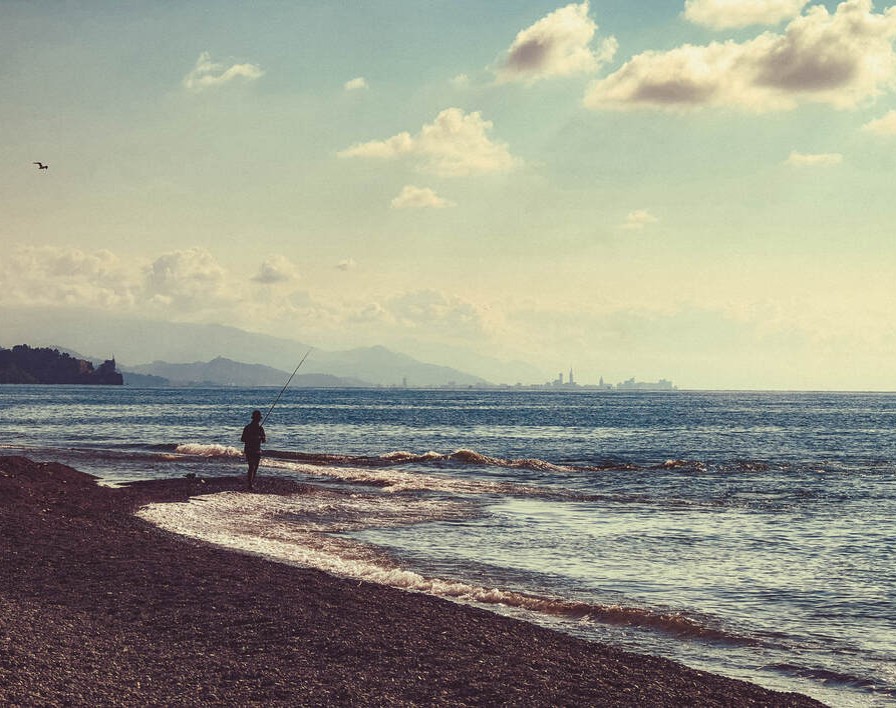
Highly recommended if you want to discover all three countries of the South Caucasus with all its facettes during just one trip.
- Jan
- Feb
- Mar
- Apr
- May
- Jun
- Jul
- Aug
- Sep
- Oct
- Nov
- Dec


